
Supercharge Your Revenue With High Velocity Sales Strategies
In an era of fierce competition, businesses must find ways to optimize their sales processes to stay ahead. High velocity sales has emerged as a powerful strategy to accelerate the path to success. By combining speed, efficiency, and data-driven decision making, high velocity sales enables organizations to close deals faster, increase revenue, and outperform their competitors. Let’s find out how

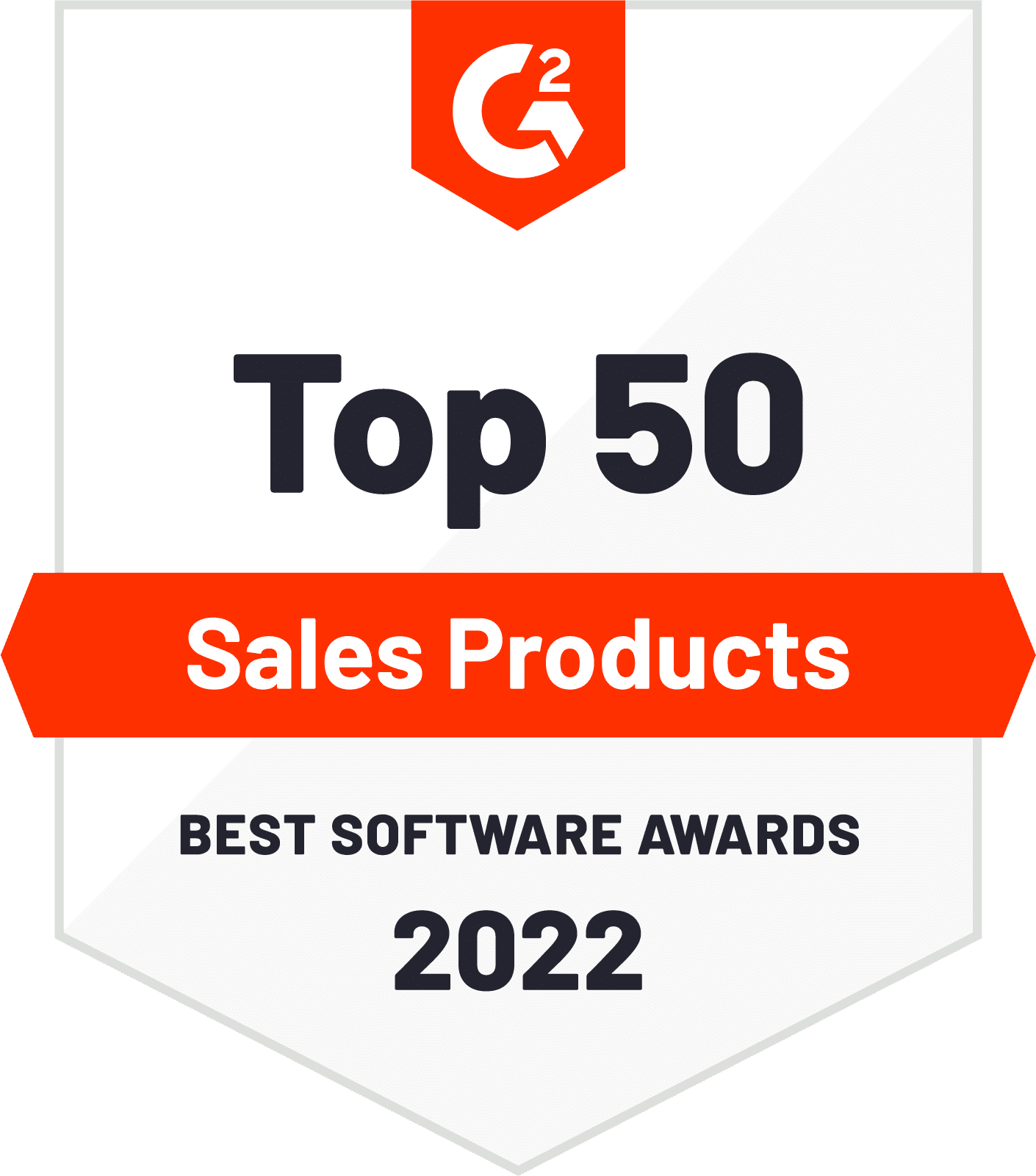
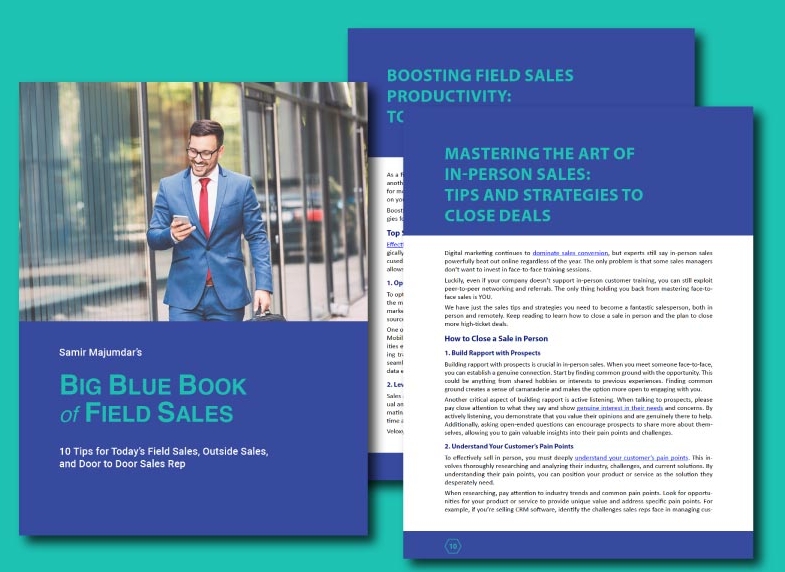

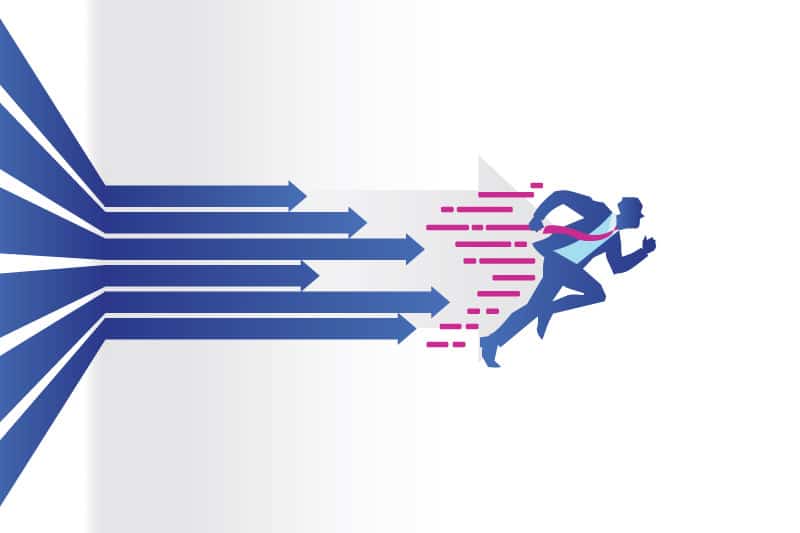


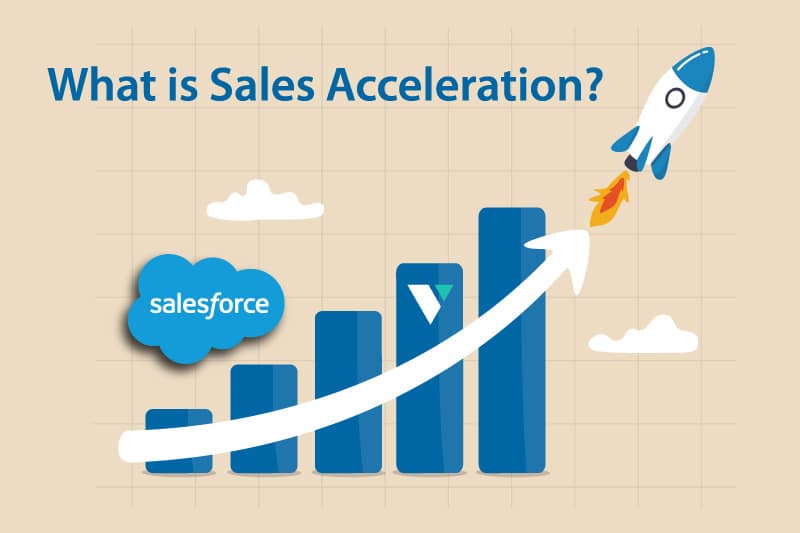
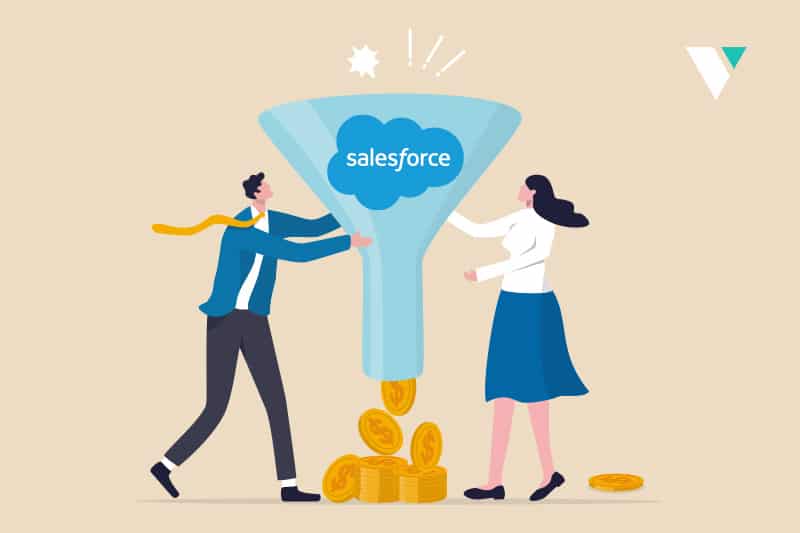







Have you ever wondered what separates the fastest-growing companies from the rest? One key factor is their sales velocity. Sales velocity is a critical metric that measures how quickly a company can turn leads into closed deals and generate revenue.
Understanding and optimizing your sales velocity can have a tremendous impact on your company’s growth. When your sales velocity is high, it means your team is efficiently moving prospects through the sales funnel and closing deals at a rapid pace. This can lead to increased revenue, faster scaling, and improved cash flow for the business.
On the other hand, if your sales velocity is low, it can result in stagnant growth, cash flow issues, and missed opportunities. That’s why it’s so important to understand the components of sales velocity and learn strategies to improve it.
In this article, we’ll dive deep into the concept of sales velocity, how to calculate it, and proven tactics to boost sales performance.
How to Increase Sales Velocity - 30 mins
Reserve time on my calendar to discover how you can increase your team's sales velocity in less than 30 days.
I Want to Grow Revenue FasterWhat Is Sales Velocity and How Is It Different From Pipeline Velocity?
You may have heard the term “pipeline velocity” before, and you might be wondering how it differs from sales velocity. While the two metrics are related, it’s important to understand the distinction.
Pipeline velocity looks at the overall speed at which leads move through your sales funnel. This includes factors like the number of opportunities in your pipeline, the average deal size, and the average time it takes to close a deal. Pipeline velocity gives you a high-level view of your sales process.
Sales velocity, on the other hand, is a more focused metric that zeroes in on the rate at which you’re actually generating revenue. It takes into account the specific factors that directly impact your ability to close deals and bring in new business.
Pipeline velocity helps you identify bottlenecks in your sales process, while sales velocity reveals how efficiently you’re converting those pipeline opportunities into closed deals and revenue.
By tracking and optimizing both metrics, you’ll get a well-rounded picture of your sales performance. This will allow you to make more informed decisions to streamline your sales funnel and accelerate your company’s growth.
The Four Elements of Sales Velocity
Now that you understand the importance of sales velocity, let’s take a closer look at what it actually measures. Sales velocity is made up of four key components:
Number of Leads
The number of leads refers to the total number of potential customers that enter your sales funnel. The more leads you have, the more opportunities you have to convert them into paying customers. Increasing your lead generation efforts, such as through marketing campaigns and lead magnets, can help boost this component of sales velocity.
Conversion Rate
The conversion rate, also known as the win rate, is a critical factor in calculating sales velocity. It represents the percentage of sales opportunities that are successfully converted into closed deals and paying customers.
The conversion rate reflects the efficiency and effectiveness of your sales process and lead qualification efforts. A higher conversion rate indicates that your team is doing a good job of identifying high-quality leads and moving them through the sales funnel effectively.
To calculate the conversion rate, you divide the number of closed-won deals by the total number of qualified sales opportunities:
Conversion Rate = Total Number of Closed-Won Deals / Total Number of Qualified Opportunities
For example, if your sales team had 100 qualified opportunities and closed 25 deals, your conversion rate would be 25%.
Average Deal Size
The average deal size looks at the typical value of each closed sale for your business. This metric is important because it directly impacts your overall sales velocity.
A higher average deal size means your sales team is closing larger, more valuable deals on average. This can have a significant positive effect on your sales velocity and overall revenue growth.
Conversely, a lower average deal size indicates your team may be closing a higher volume of smaller deals. While this can still contribute to sales velocity, the impact is not as substantial as closing fewer, but larger deals.
To calculate your average deal size, you’ll need to divide the total revenue generated over a given period by the number of deals closed during that same time frame. This will give you the average value of each closed transaction.
Monitoring your average deal size over time can provide valuable insights. If you notice it declining, it may signal a need to reevaluate your sales strategies, target market, or pricing.
Sales Cycle Length
One of the most important factors in your sales velocity is the length of your sales cycle. This measures how long it takes to move a lead through your entire sales process, from initial contact to closed deal. The shorter your sales cycle, the faster you can turn leads into revenue.
Think about it this way – if it takes your team 6 months on average to close a deal, that’s a lot of time and resources tied up in each sale. But if you can shorten that cycle to 3 months, you’ll be able to close twice as many deals in the same time period. This can have a huge effect on your overall sales velocity and growth.
To optimize your sales cycle length, look for ways to streamline your sales process and remove any unnecessary steps or delays. This includes things like:
Making even small improvements to your sales cycle can translate to big gains in your sales velocity.
Calculate Your New Top-Line Growth
Curious how an improvement in sales productivity metrics and sales velocity can generate 2X more revenue in 2024? Use our calculator now!
View Your Growth NowThe Sales Velocity Formula
Now that you understand the key components that makeup sales velocity, let’s dive into the actual formula you’ll use to calculate it. Once you have these four numbers, you can plug them into the sales velocity formula.
The sales velocity formula is designed to give you a clear, data-driven view of how quickly your sales team can turn leads into revenue. It takes those four critical factors – number of leads, conversion rate, average deal size, and sales cycle length – and puts them together in a simple equation:
Sales Velocity = (Number of Leads x Conversion Rate x Average Deal Size) / Sales Cycle Length
For example, let’s say…
Sales Velocity = (500 x 0.20 x $5,000) / 90 days = $55,555 per month
Inventory Velocity and Its Impact on Sales Velocity
While sales velocity is a critical metric for your sales team, there’s another important velocity metric to consider if you sell products – inventory velocity. This measures how quickly you’re able to turn your inventory into sales.
Inventory velocity is calculated by dividing your total sales by your average inventory level over a given time period. The higher your inventory velocity, the more efficiently you’re able to convert your products into revenue.
How To Calculate Inventory Velocity
To calculate your inventory velocity, start by determining your total sales over a specific timeframe, such as a quarter or a year. Then, find the average value of your inventory during that same period. Divide your total sales by the average inventory, and you’ll have your inventory velocity.
A high inventory velocity means you’re minimizing the amount of capital tied up in unsold products. This can improve your cash flow and allow you to invest in other areas of growth.
On the other hand, a low inventory velocity could signal issues like overstocking, inefficient inventory management, or products that aren’t resonating with customers. By tracking this metric, you can identify problem areas and make adjustments to optimize your inventory and drive more sales.
Balancing Sales Velocity and Inventory Velocity
It’s important to find the right balance between sales velocity and inventory velocity. Ideally, you want both metrics to be as high as possible, but sometimes they can work against each other.
For example, if you focus solely on boosting sales velocity by aggressively discounting products, you may be able to move inventory quickly. However, this could come at the expense of profit margins and long-term sustainability.
On the flip side, if you prioritize inventory velocity by holding back on sales, you may end up with a stagnant pipeline and missed growth opportunities.
The key is to find the sweet spot where you’re maximizing both sales velocity and inventory velocity. This might involve strategies like:
By taking a balanced approach, you can unlock the full potential of your sales and inventory management.
Why Tracking Sales Velocity is Important
As someone who’s navigated the complexities of sales productivity for years, I can’t stress enough the importance of closely monitoring sales velocity.
It’s been a compass for our customers, guiding them through data-rich waters to refine their strategies and tools for peak performance.
Let’s dive into the metrics that illuminate our path and the tools that help us steer towards success.
Why Measure and Monitor Sales Velocity?
Measuring and monitoring sales velocity provides several benefits for your business:
Key Metrics for Tracking Sales Velocity
To effectively measure and track sales velocity, consider the following key metrics:
Tools for Analyzing Sales Velocity
To effectively analyze and track sales velocity, consider utilizing the following tools:
Remember, the choice of tools depends on the complexity of your sales operations, budget, and specific reporting requirements. Select the tools that best align with your business needs and provide the necessary functionality to analyze and track sales velocity effectively. If you need help with this challenge, read my tech stack consolidation post here.
Effective Ways to Help Sales Teams Improve Sales Velocity
Now that you know how to calculate your sales velocity, let’s dive into some proven strategies to help you improve it. As a sales leader, you can empower your team to drive faster growth by focusing on these key areas:
Expand Your Deal Pipeline
One effective way to grow your sales pipeline is by exploring adjacent markets or industries where your products or services could be valuable. By casting a wider net, you’ll uncover a larger pool of qualified leads that your sales reps can engage with. This diversifies your pipeline and reduces your reliance on a single customer base.
You can also look for opportunities to partner with other companies that offer complementary products or services. By collaborating and cross-promoting, you’ll gain access to each other’s customer bases. These partnerships can be a real game-changer for increasing your sales velocity.
Increase Your Average Deal Size
Boosting the typical value of each sale can have a big impact on your overall sales velocity. Work with your team to identify upsell and cross-sell opportunities. Or consider adjusting your pricing and packaging to maximize the revenue potential of each customer.
Here are some key upselling techniques that can be used to increase average deal size:
Qualify Leads Effectively
Ensuring you’re targeting the right leads is crucial for increasing your average deal size. Take the time to properly qualify leads and identify those that are the best fit for your higher-value products and services. This will help you focus your sales efforts on the most promising opportunities, leading to larger deal sizes on average.
Consider implementing the following:
Shorten Your Sales Cycle
One of the most impactful ways to boost sales velocity is to reduce the length of your sales cycle. The longer this process takes, the slower your overall sales velocity will be.
For example, let’s revisit the previous scenario with a decreased sales cycle:
Sales Velocity = (500 x 0.20 x $5,000) / 60 days = $83,333 per month
By reducing the sales cycle from 90 days to 60 days, with everything else unchanged, the sales velocity would jump from $55,555 to $83,333 per month! This shows that cutting the sales cycle by just 10 days can boost revenue by 12%.
To shorten sales cycles, look for ways to streamline your sales process and eliminate any unnecessary steps. This could involve:
Sales Velocity and Technology
In today’s digital and virtual landscape, you have to harness technology to supercharge sales velocity.
The right tools (like Veloxy) don’t just streamline operations; they unlock insights that propel us forward. Join me as we delve into how technology is the linchpin in accelerating our journey towards peak sales performance.
1. CRM Systems
CRM systems like Salesforce are crucial for managing customer relationships, overseeing sales activities, and compiling a unified database of essential customer details.
Such systems enable sales teams to enhance lead management, monitor interactions with customers, and access critical insights regarding the sales pipeline. This comprehensive perspective allows for the effective prioritization of opportunities, tracking of sales advancements, and data-informed decision-making, thereby accelerating the pace of sales.
Integrating Veloxy with Salesforce CRM streamlines lead handling, interaction tracking, and the utilization of insights for more effective sales strategies, leading to quicker achievement of sales goals.
2. Sales Automation Tools
Sales automation tools are indispensable for reducing manual effort, optimizing workflows, and increasing sales efficiency. These tools encompass functionalities such as cold email automation, contact management, task automation, and proposal generation, streamlining key sales processes.
The adoption of automation allows sales teams to focus their energy on more strategic tasks by eliminating time-consuming activities. This shift not only speeds up the sales cycle but also enhances the overall effectiveness of sales operations.
Veloxy’s automation capabilities, including email follow-ups and contact management, free up sales teams to dedicate more time to meaningful interactions and strategies that significantly improve sales outcomes.
3. Sales Analytics & Reporting
Sales analytics tools are essential for delving into the nuances of sales performance, understanding the vitality of the sales pipeline, and decoding customer behaviors. Through the application of data visualization and sophisticated analytics, these platforms scrutinize essential sales metrics such as conversion and win rates, along with the duration of the sales cycle.
Engaging with these metrics allows for the identification of process inefficiencies, the refinement of sales strategies, and the enactment of knowledge-based decisions to enhance the rate of deal closures.
Veloxy’s analytics and reporting functionalities augment this process by pinpointing areas ripe for advancement, honing sales methodologies, and capitalizing on analytical insights to significantly improve sales outcomes.
4. Predictive Analytics and AI
Predictive analytics and AI have revolutionized the sales domain, equipping teams with the ability to use historical data, machine learning, and predictive models to foresee customer behaviors, identify leads with substantial potential, and effectively allocate their resources.
Leveraging these advanced technologies enables sales professionals to focus on the most promising opportunities, refining their approach to sales for greater efficiency and effectiveness.
Veloxy harnesses the power of predictive analytics and Sales AI to discern leads of the highest value, streamline the prioritization of sales endeavors, and refine the sales process. This strategic focus on the most convertible leads significantly enhances the ability to close deals swiftly, propelling exceptional sales achievements.
5. Mobile Sales Tools
The advent of mobile sales tools has revolutionized how sales teams operate, enabling them to stay interconnected, collaborate smoothly, and interact with clients without barriers.
These innovative tools cover everything from mobile CRM applications to sales enablement platforms and communication technologies. Utilizing these allows for immediate access to vital customer information and sales materials, facilitating prompt and effective engagement with potential clients and smoothing the sales journey.
Veloxy’s mobile application offers sales personnel the flexibility to access important data, work in harmony with team members, and communicate with clients on-the-go. This capability ensures that sales professionals are always in the loop, can share information instantly, and keep the sales momentum going, enhancing the efficiency of closing deals.
Sales Velocity in Different Industries
My experience in field sales has shown me the unique ways this crucial metric emerges across various sectors, influenced by specific audiences, the duration of sales cycles, and the competitive landscape.
In this exploration, we will delve into these unique industry patterns, offering strategies designed to enhance your performance, informed by my extensive travels through diverse business terrains.
1. Technology and Software
The technology and software sectors thrive on rapidly converting leads into growth while staying ahead in a competitive market. Effective onboarding, superior customer support, and utilizing feedback are key to speeding up transactions and enhancing market positioning in this dynamic industry.
2. Healthcare and Pharmaceuticals
In healthcare and pharmaceuticals, the pace of sales is uniquely challenged by regulatory landscapes and intricate purchase processes. Establishing robust networks, offering educational content, and showcasing product efficacy are crucial tactics for accelerating transactions and achieving growth.
3. Manufacturing and Industrial
In manufacturing and industrial markets, the efficiency of sales processes is affected by production timelines, product quality, and competitive pricing. Optimizing production, maintaining attractive pricing, and providing outstanding support are strategies that can significantly improve transaction rates.
4. B2B Sales
B2B companies are increasingly adopting strategies that automate lead generation, enabling their teams to concentrate on converting leads more swiftly and reducing time spent on acquisition, thereby streamlining the overall sales process.
5. B2C Sales
For B2C companies, quickly adapting to market trends and consumer needs is vital for staying competitive. Prompt responses to consumer demands, cultivating a strong brand reputation, and enhancing customer loyalty are fundamental in speeding up consumer transactions.
6. Small and Mid-Sized Businesses
Small and mid-sized businesses, facing limitations in sales force size, find that speeding up their sales processes is crucial for rapid revenue growth and maintaining competitiveness. Emphasizing efficient sales strategies becomes a key driver for their success.
Common Challenges and Solutions
In my ongoing quest to maximize sales velocity for clients, I’ve faced hurdles that seemed insurmountable. Yet, with every challenge, from aligning team efforts to refining customer sales approach, we discovered innovative solutions.
I’m here to share these insights, turning obstacles into stepping stones for accelerating your sales success. Let’s dive into overcoming these common hurdles together.
1. Ineffective Lead Generation
One of the primary challenges businesses face is generating high-quality leads that are more likely to convert into customers. Without a steady flow of qualified leads, your sales velocity can suffer.
To address this challenge:
Invest in Targeted Marketing: Identify your ideal customer profile and tailor your marketing efforts to reach and attract those specific prospects. Utilize targeted advertising, content marketing, and lead generation campaigns to generate qualified leads.
Optimize Lead Nurturing: Implement a strategic lead nurturing process to cultivate relationships with potential customers. Use personalized and relevant communication to guide leads through the sales funnel and increase their chances of conversion.
2. Lengthy Sales Cycles
Lengthy sales cycles can significantly impact sales velocity, as they prolong the time it takes to convert leads into customers.
To overcome this challenge:
3. Low Conversion Rates
Low conversion rates can hinder sales velocity by reducing the number of leads that progress through the sales funnel.
To address this challenge:
4. Inefficient Sales Tools and Technology
Outdated or inefficient sales tools and technology can hinder your sales team’s productivity and impede sales velocity.
To overcome this challenge:
5. Lack of Data-Driven Decision Making
Making decisions without proper data analysis and insights can hinder your ability to optimize sales velocity.
To overcome this challenge:
How Veloxy Can Help Improve Sales Velocity
At Veloxy, we have all the tools you need to drive more consistent revenue. Here are more details about our innovative solutions to drive revenue growth:
Learn How to Accelerate Sales
Enjoying this content? Go here to learn about High Velocity Sales, Sales Acceleration, and Pipeline Management!
Learn MoreAI Sales Assistant
Our AI-powered sales assistant can help your sales team automate repetitive tasks so they can spend as much as 95% of their time on client interactions. This allows them to close more deals and help with client retention down the road.
Salesforce Automation
Veloxy offers Salesforce integration so you can automatically update your Salesforce records and import data from all your devices. This allows your team to focus more on activities that drive revenue.
Sales Analytics
Power your business with data-driven insights. Easily track sales data, prioritize leads, and determine how each client prefers to be contacted and when. This streamlines the sales process and allows you to turn more leads into sales.
Email Marketing Solutions
Email marketing is a game changer for most businesses, allowing you to automate part of the selling process. Veloxy offers industry-leading tools that make it easier to set up and test campaigns, nurture leads more efficiently, and turn more leads into customers.
On-Going Support and Resources
Veloxy is committed to providing its clients with the support and resources they need to navigate the ever-changing market, from our 24/7 customer support team to our efforts to add innovative new features to our platforms. This allows you to stay ahead of the curve and get the guidance you need.
See How Veloxy Has Transformed the Sales Process for Our Clients
In the dynamic world of sales, where every second counts and performance is paramount, Veloxy stands out as a beacon of innovation and efficiency. Our clients’ experiences paint a vivid picture of transformation, where challenges in sales velocity are not just met but surpassed.
Below, we share three compelling testimonials that highlight the remarkable journey of acceleration and success our clients have embarked on with Veloxy. These stories are a testament to the power of harnessing the right tools to redefine the sales process and achieve unprecedented growth.
Sales Velocity Example w/ Veloxy
Vast Networks, where Frank Ortiz leads the commercial sales team, faced several challenges after expanding from the government and education sectors into the commercial market. They had low Salesforce adoption, just one new sale per month, and poor sales funnel reporting. To boost sales velocity, Frank knew he needed a robust solution to improve sales processes, enhance engagement, and increase the win rate.
We integrated Veloxy with Salesforce, and the results were impressive. In just the first month, Vast Networks experienced a 300% increase in pipeline size, leading to a dramatic rise in sales velocity. Revenue doubled, and the number of deals closed jumped from one to eight, showing that our approach and technology was working. The sales team could see their progress in real-time through Veloxy, which helped boost Salesforce adoption and streamline sales activities.
By the second month, the sales velocity continued to surge! The total funnel size in Salesforce grew to $70,000, the number of deals sold went up to 11, and revenue increased by 400%. The team’s sales engagement activities exceeded 120 per week, and email engagement rates soared above 50%. Frank Ortiz demonstrated that with the right tools and teamwork, even a sales team facing stagnation and low adoption can achieve remarkable sales velocity, paving the way for sustained growth and success.
Other Sales Velocity Examples w/ Veloxy
Try Veloxy for Free Today
Give your business a competitive edge when you try Veloxy. Try it today to find out how our team can help you drive up to 200% more revenue into your business and shorten your revenue cycle.
Start Selling Faster Today!Accelerate Growth With Optimized Sales Velocity
By now, you have a solid understanding of sales velocity and why it’s such a critical metric for driving business growth. To put these insights into action, the next step is to start tracking and analyzing your sales velocity regularly. This will allow you to identify areas for improvement and make targeted changes to boost your sales performance.
One tool that can make this process easier is Veloxy, an AI-powered sales acceleration platform. Veloxy provides advanced analytics and offers intelligent recommendations to improve your sales process and increase your velocity. Best of all, you can get started with Veloxy for free.